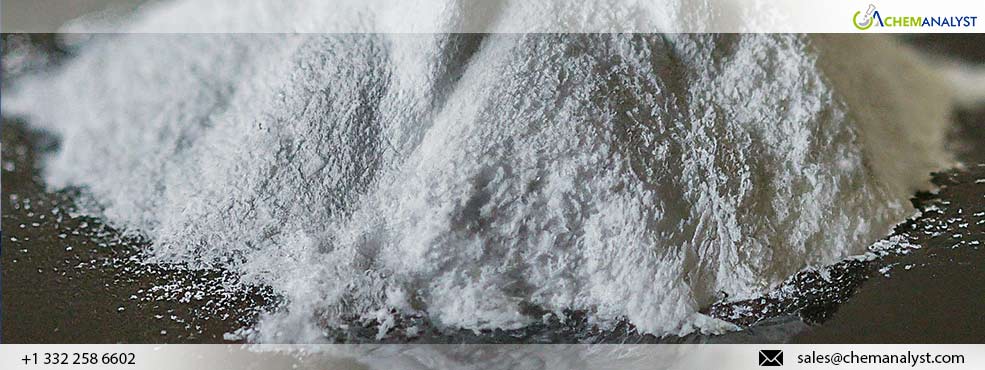US Markets Grapple with Persistent Glycine Price Hikes
- 01-Aug-2024 2:27 PM
- Journalist: Bob Duffler
The United States continued to experience a steady increase in Glycine prices even in the month of july, affecting various industries including food, pharmaceuticals, agriculture, and cosmetics. This price surge is attributed to multiple factors. Global supply chain disruptions continue to impact Glycine production and distribution, with China, the world's largest producer, facing challenges due to sporadic lockdowns and energy shortages. The pharmaceutical sector's increased demand for Glycine, a crucial component in certain medications and supplements, has further strained supplies. Additionally, stricter environmental regulations in major producing countries have forced manufacturers to invest in costly upgrades or reduce production, tightening supply further.
The impact of these price increases is widespread. Food manufacturers are experiencing shrinking profit margins as they struggle to absorb higher costs without passing them on to consumers, with some companies reformulating products to reduce Glycine dependence. In the pharmaceutical industry, smaller companies are particularly affected, raising concerns about potential drug shortages. The agricultural sector is also feeling the pinch, as Glycine is used in some pesticides and animal feed supplements, leading to increased operating costs for farmers and potentially higher food prices for consumers.
Despite these challenges, U.S. consumer confidence unexpectedly rose in July, with the Conference Board's consumer confidence index increasing to 100.3 from 97.8 in June. This rise, although still within the tight range of the past two years, could have mixed implications for Glycine demand and imports. Increased consumer confidence often translates to higher spending, potentially boosting demand for Glycine-containing products and leading to increased imports from key producing nations. However, the modest increase and lingering worries about inflation and higher borrowing costs suggest that any demand increase might be moderate rather than dramatic.
The impact on imports from key producing nations may depend on the relative strength of the U.S. dollar and economic conditions in those countries. A strong dollar could make imports more attractive, potentially increasing Glycine imports. However, this needs to be balanced against domestic price increases and other market factors.
Market experts emphasize that while consumer confidence provides a general indicator of economic sentiment, the specific impact on Glycine depends on industry-specific factors and global supply chain dynamics. A comprehensive understanding requires consideration of Glycine-specific market trends, production capacities in key exporting countries, and any regulatory changes affecting Glycine trade.
In conclusion, the continuous rise in Glycine prices since June 2024 has created a complex market situation with far-reaching effects across multiple industries. While increased consumer confidence may provide some positive momentum, the interplay of various economic factors, supply chain challenges, and regulatory pressures continues to shape the Glycine market landscape in the United States.



